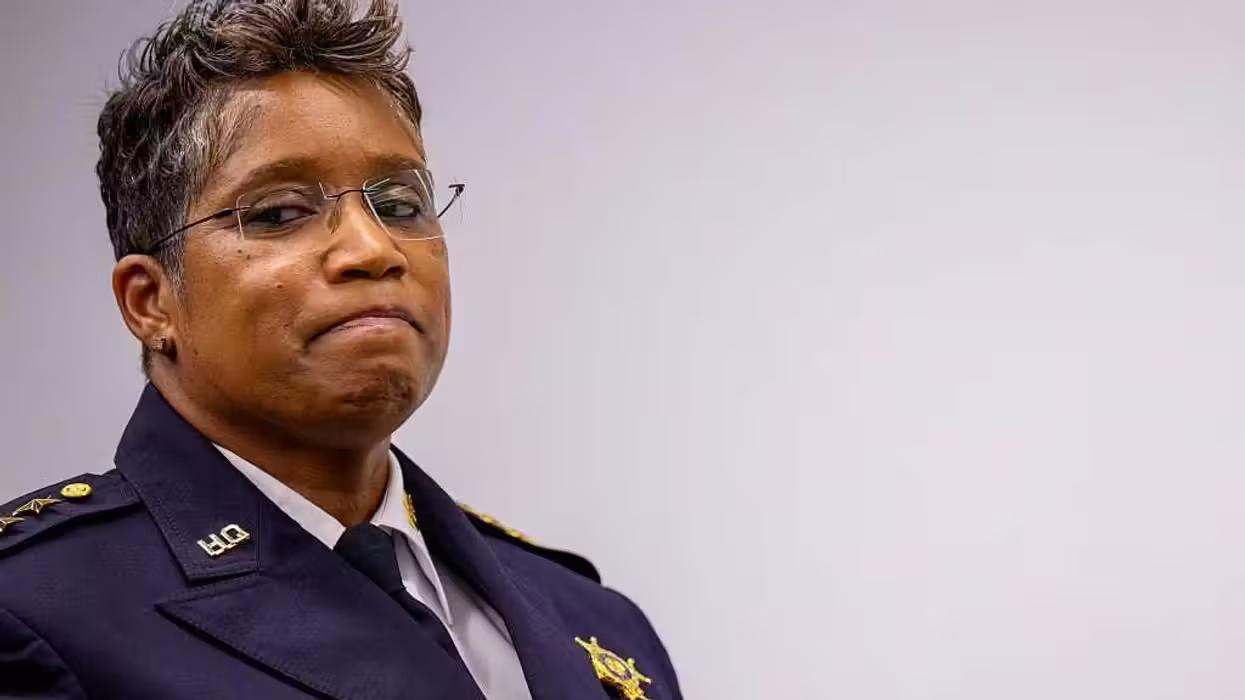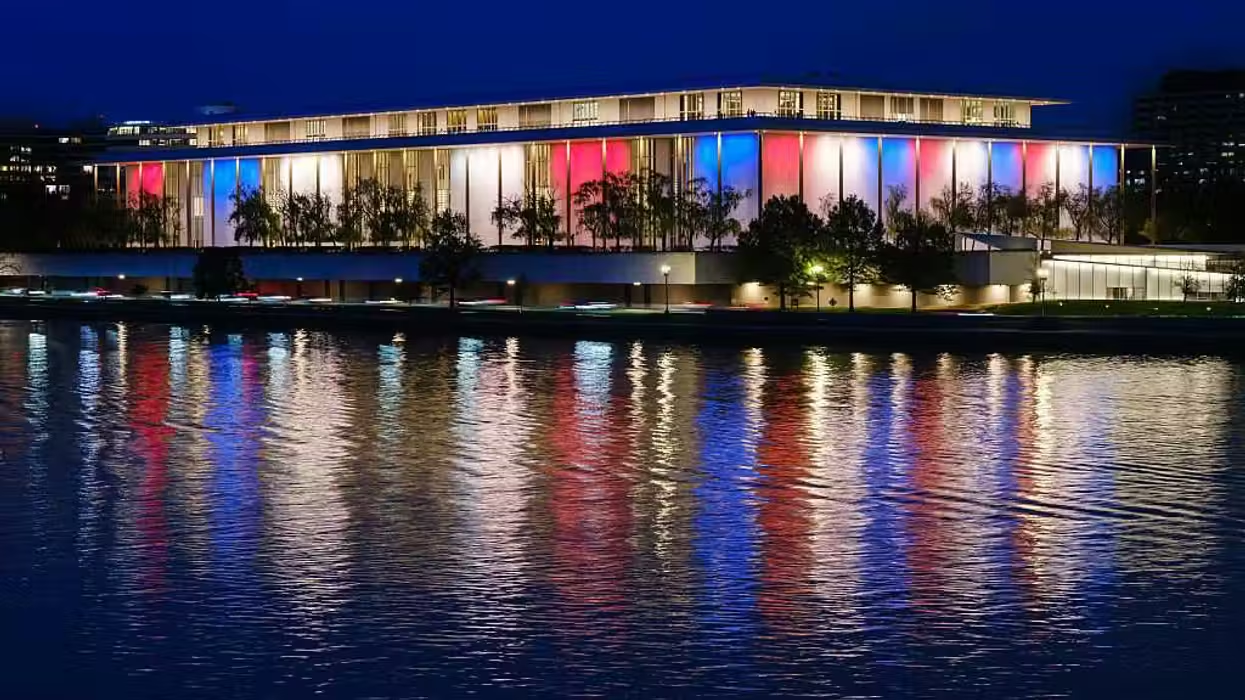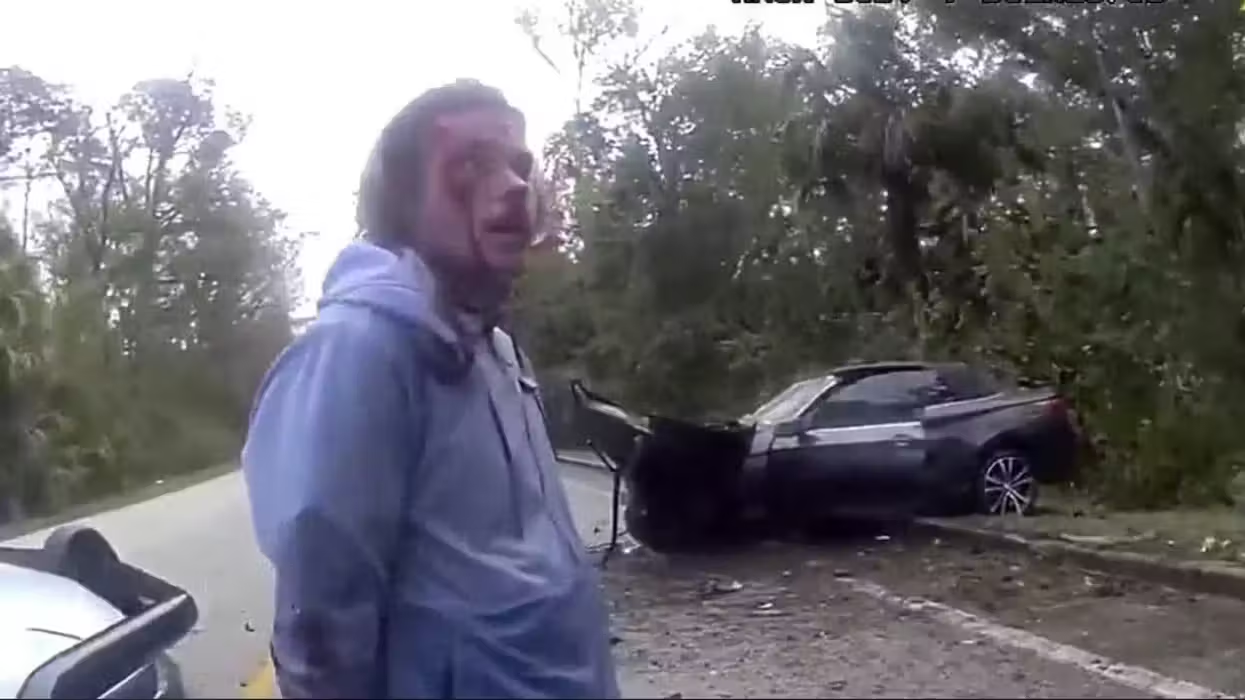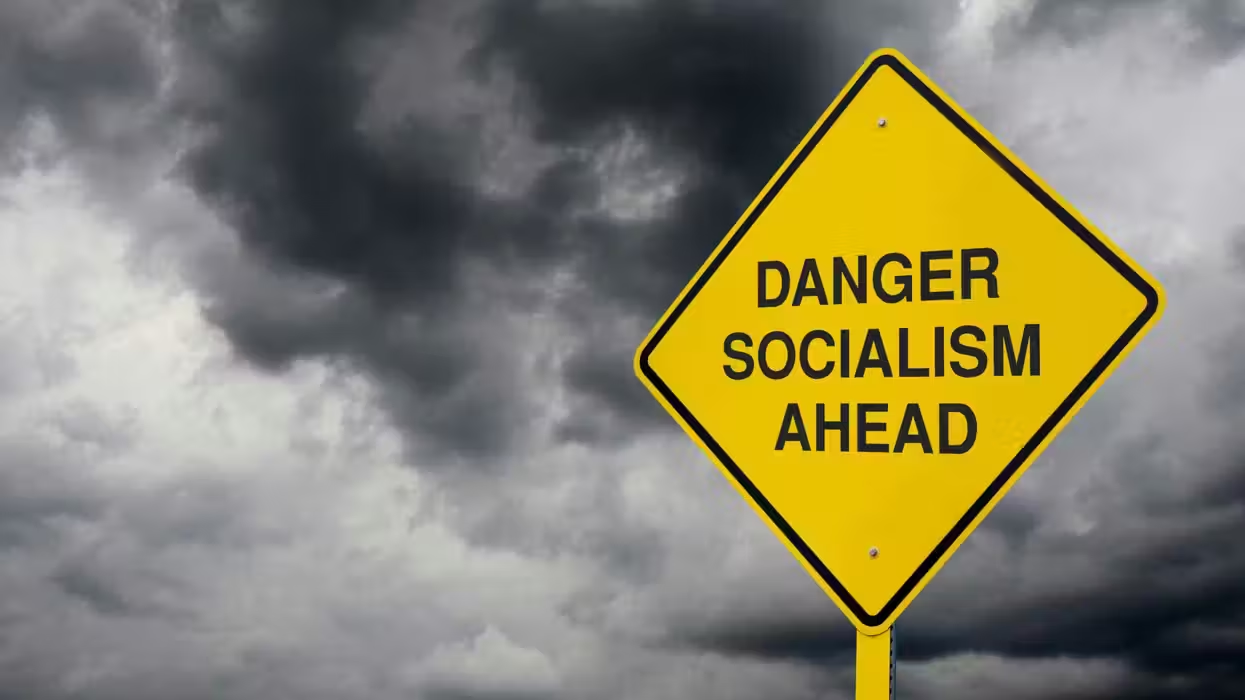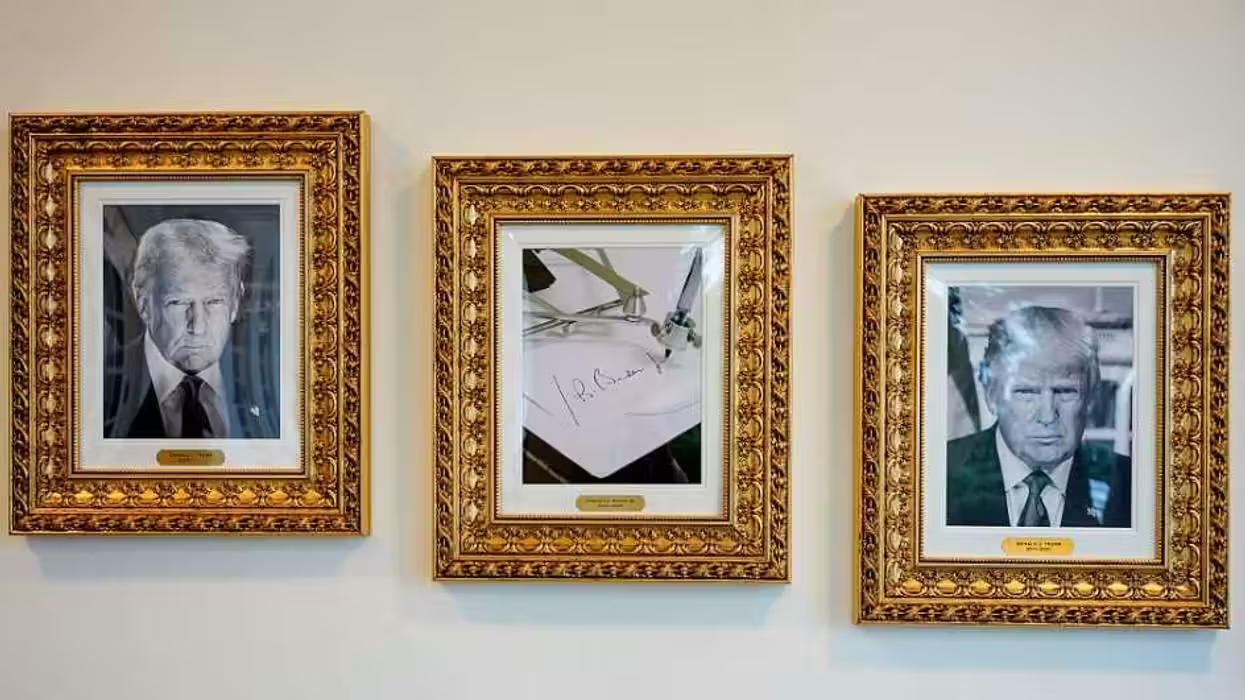The Australian government collected 57,324 firearms voluntarily handed in by its citizens after a publicly funded media campaign between July 1 and Sept. 30, 2017.
The country released a National Firearms Amnesty 2017 report on Wednesday, detailing the intentions and outcomes of the initiative. The report also included the results of a voluntary survey provided to participants, asking their reason for surrendering their firearms, the source of the firearms, and their reason for not surrendering their firearms previously.
Why now?
Australia's latest amnesty program was prompted by the Martin Place Siege, which took place in Sydney in December 2014. Three people were killed and seventeen taken hostage when an immigrant who had been granted political asylum used an unregistered shotgun in an attack at a Sydney café.
The gunman had been released on bail, awaiting trial on sexual assault charges. The shotgun used in the slaying was illegally obtained, prompting an immediate investigation. A government review of the incident resulted in recommended measures with the intent of preventing future gun violence.
Ministers from each jurisdiction met to address the issue at a Law, Crime and Community Safety Council meeting in October 2016. They approved a nationwide firearms amnesty program to be conducted in 2017, with states and territories being held responsible for the administrative and operational costs. The purpose was to improve public safety by reducing the number of unregistered firearms in the country and allowed citizens to hand over their guns and other weaponry without fear of prosecution.
The report referred to an illicit firearms market in Australia, including "grey market" weapons that "should have been handed in or registered following the major firearms reforms in 1996, but were not." It also notes that at its most recent amnesty, "the Australian Criminal Intelligence Commission estimated there were more than 260,000 firearms in Australia's illicit firearms market."
What's the background?
Thirty-five people were killed in 1996 during the Port Arthur Massacre, when a gunman, Martin Bryant, with a semi-automatic weapon fired into a café in Tasmania.
In response, the Australian government quickly moved to imposed significant gun control laws, leading to the eventual buyback and destruction of one third of the country's privately held guns.
The 1996 buyback was met with fierce opposition from the countries' shooters organizations, who argued that their members were not criminals, but Australians.
Prime Minister John Howard, who supported the gun amnesty program, said at the time that while the intent was not to smear law-abiding citizens, this was an occasion for the government to make a decision "in the interests of the overall national good."


